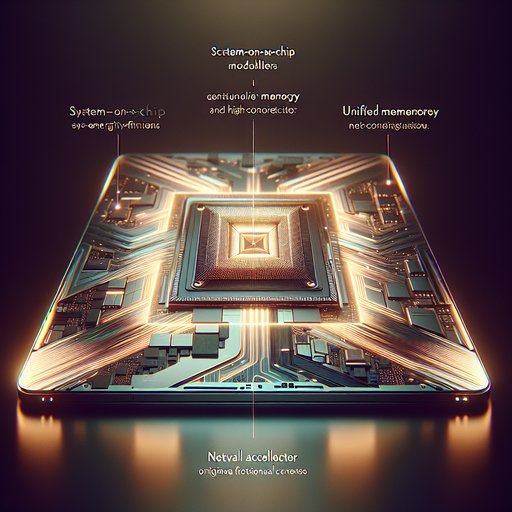
SpaceX, the private spaceflight company founded by Elon Musk, has made significant strides in the development of its Starship spacecraft. Designed to carry humans and cargo to Mars and beyond, Starship represents a new era in space exploration and interplanetary colonization.
The Starship, currently in its prototype phase, is a fully reusable spacecraft. Unlike previous rockets that discarded stages during ascent, Starship's Super Heavy booster and the spacecraft itself are designed to return to Earth and land vertically. This reusability is key to reducing the cost of space travel. Starship's design also includes a heat shield for re-entry into Earth's atmosphere and a spacious cabin for crew and cargo.
With a capacity to carry up to 100 people, it's envisioned for missions to Mars and other planets, as well as point-to-point travel on Earth. SpaceX has conducted several high-altitude test flights with Starship prototypes. Despite some explosive endings, these tests have provided valuable data for refining the spacecraft's design and landing procedures. The development of Starship is a critical step towards Musk's vision of making life multiplanetary.
Its success could open the door to a new era of space exploration, where trips to Mars and beyond become a reality.























































